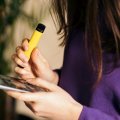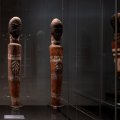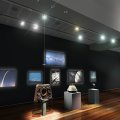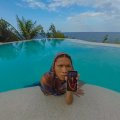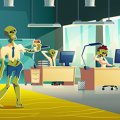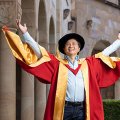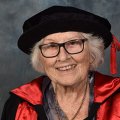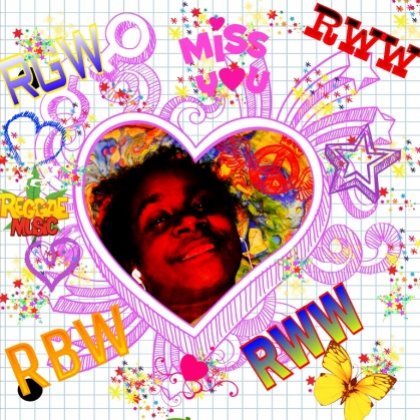
The UQ Anthropology Museum is challenging audiences with two new exhibitions: Gapuwiyak Calling and written on the body.
Museum director Dr Diana Young describes the exhibitions as powerful Indigenous Australian interventions into the Museum, examining the place of the past in the present through very different means
“Gapuwiyak Calling celebrates the indigenous embracing of mobile phones as technologies of creativity and connection, while written on the body disrupts museum classification categories by presenting objects from the museum’s collection alongside everyday items,” Dr Young said.
“In the early days of the museum, it was usual to write directly on to collected things. For the descendants of the Aboriginal and Torres Strait Islander makers and owners of these things, this may be experienced as vandalism and an intention to control.”
Waanyi artist and written on the body co-curator Judy Watson has placed categorised Indigenous museum items such as a tree from Indooroopilly, sculpture from Cape York and net needles from Stradbroke Island beside contemporary everyday objects.
“Away from the sterility of museum storage, these objects are re-settled into domestic environments, re-awakening memories of family and belonging,” Dr Young said.
“Rear-view car mirrors and anthropometric measuring devices were added, creating new sets of relationships and offering a commentary on the past in the present.”
Gapuwiyak Calling celebrates the creative capacity of mobile phone technology, featuring a wide spectrum of phone-made material from the remote Yolngu community of Gapuwiyak in north-eastern Arnhem Land.
“The introduction of Telstra’s 3G mobile network in 2008 generated a wave of creative energy across Arnhem Land “Innovative genres of video, photography and performance flourished, marking a new era for Australian Indigenous media,” Dr Young said.
The exhibition includes collages featuring giant green frogs and dreadlocked babies, family photographs uniting the living and the dead in flashing .gif files, and fragments of mainstream television re-voiced with Yolngu jokes.
“Yolngu curators see the exhibition as an opportunity to strengthen connections between generations of Yolngu kin living through times of enormous social stress and change.”
Both exhibitions are free and open to the public daily from 11am - 4pm. They will run until 15 August at the UQ St Lucia Campus.
Media contact: UQ Anthropology Museum director Dr Diana Young, 3365 1210, djbyoung@uq.edu.au.
Additional photographs, videos and copies of the exhibition catalogues can be emailed on request.



